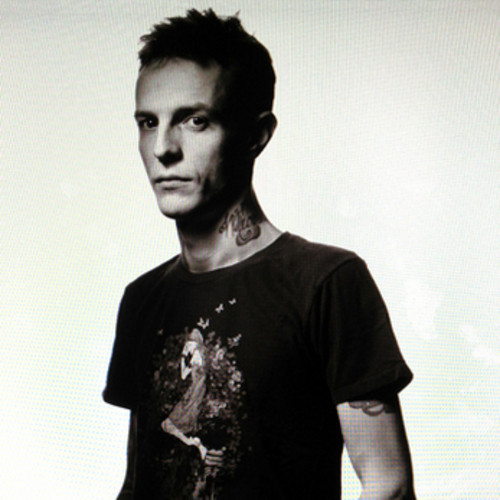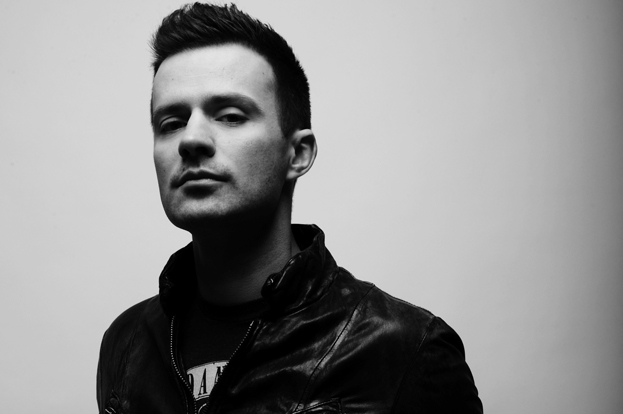

Progressive House: The Return of The Past
For many people, their youthful years within the nightclub and party scene were filled with dancing, drinking and disk jockeying, where the artists behind the table with a maze of wires, knobs and buttons, filled their ears with noise and played the soundtracks to their nights out, their memories. The DJ’s would execute a set that could, and inevitably would, change your mood for the better, lifting your inhibitions off you and prompting you to let go and fully enjoy yourself. The club’s walls encapsulated the transfixing experience, the enchanting atmosphere. Even those who do not follow the electronic scene closely today will no doubt have memories riddled with the music.
Progressive house has evolved over the years, some would argue for the worse, others for the better, either way the genre has seen itself develop with time, with high points and low points. The genre was one of the first major sounds to come from DJ’s and their productions and can easily be referenced as one of the main contributors to the success of the entire electronic scene today. Whether it is for getting the big DJ’s today interested in the idea of producing and mixing music, or causing fans to demand more of it, progressive house has taken a star role within the diversification of electronic music.

Starting arguably in the underground scene, it quickly rose to the forefront as a staple for DJ’s within their set, if not the entire set. Its ability to be simple and complex also made it a playground for artists to test and prove their creativity and musical abilities. The flexible nature of it has led to its catalogue being one the most extensive and consistent within electronic music. While quality is in the ear of the listener, it is hard to deny that the average of its catalogue is probably one of the highest ranked. Rarely can a track leave a diverse range of people so satisfied, yet yearning for more, helping explain why it has truly stood the test of time.
While phases of popularity occur for every genre, progressive house has experienced a constant re-emergence after a big trend, a testament to it as a whole. The latest example of it is happening now. With the dominance of ‘big-room’ amongst big artists such as Afrojack, David Guetta and Hardwell at festivals across the globe, came the opportunity for a new wave of talent to rise into the public eye, Martin Garrix being the prime example of this. As this occurred, progressive house was put on the back burner for many artists, as they catered for the demands of the fans. While you could argue they were experimenting their talents within the genre, the quantity of big-room tracks being released by a whole range of producers implied it was a consumer driven trend over an artist one.
Very quickly, festivals were saturated with coordinated drops and sudden visual changes, blasting attendee’s senses with a sharp contrast of experience. A new wave of production had hit, its size reflected in the dimensions of the festival stages and camping grounds. No longer did sets just focus on the music, but pyrotechnics came to the forefront, and DJ fees exponentially grew. The EDM machine as it were was born. However, that machine has not put a blanket on the studio creativity of artists, rather created a challenge, for new and old producers alike to compete with its popularity. To earn the distraction of listeners. Prove that there is something else, possibly something better out there for them.

Which leads us to today, where for the past few years this battle of not only genre popularity with consumers, but also genre production for artists has occurred. Artists now have a huge array of styles they can choose from, experiment with. And with the emergence of albums for DJs and producers alike, it’s been very interesting to see what’s coming out of the studio, especially with the ‘drop hype’ seemingly fading for many.
True to its esteemed reputation, progressive house is back in the limelight as a consequence. As the big producers have now received ample opportunity to produce their respective albums, a return to the roots for many of them seems to of occurred. While you can argue the flexibility of the genre suits the creativity needed for an album, the fans appreciation for it is very hard to deny.
With the genre’s evolution over time, its classification has also evolved. Today sees many forum debates over what it is exactly. Is it the 8 minute atmospheric developments? Or a track with progressive melodies, synths and tempo? For me there are two versions, the one more common today where 4 minute tracks have a catchy progressive kick, and the older one, the established style as it were, where the atmosphere created leaves you heightened. Their likely fusion under one genre name is probably down to the effect they have on their listeners as much as the construction elements. Both can leave you so satisfied – empowered, impassioned – yet leave you craving more, demanding it to be replayed again and again. In turn reflecting the flexible nature of the genre, the way its characteristics can be altered, restructured and morphed, yet still leave the same effect. And yes, this effect can be associated with music in general, but for those who savour and enjoy progressive house, there’s little doubt it won’t ring true.

And while there are many big names synonymous with each, it’s the veterans of the game which seemed to have led the return. The ones many of you grew up with, the ones who began with it. And while several of them have stayed with it throughout, the return of others has only emphasised the status of the genre and brought back it resurgence today.
Eric Prydz is likely the biggest name synonymous with progressive house, the established kind. A pioneer for the genre and its popularity, his work as Cirez D and Pryda has also reflected his ability to experiment other dimensions of the genre. From his numerous EP’s, to the likes of “Pjanoo” and his latest ID, “Opus” from Electric Daisy Festival this year, his work will no doubt be assigned to many of these memories discussed earlier. And with his upcoming tri-album release there’s little doubt his work won’t stand the test of time. Along with his own production, his mentoring of new artists such as Fehrplay and Jeremy Olander also reflect that the power of progressive house is very much not lost on youthful producers.
Deadmau5 is another unattachable name from the genre. With a catalogue that has seen cult and mainstream success on equal intensity, it is hard to deny the likes of “Intelstat” to “Strobe” to “Avaritia” will not be timeless either. Joel’s open dislike towards the lack of ‘craftsmanship’ within the industry has in turn highlighted to fans the work of the elite and the consistency of his productions during the big-room era. Laying down a high standard of production for anyone who features on his Mau5trap.

Dirty South’s latest album is one where that word craft is closely associated. The Australians classic progressive house style has him in a unique spot, uniquely placed in between the two types. His ability to capture the atmosphere of the established style, and encapsulate it in within 4 minutes so often is a testament to his production and ear for quality. Ranging from known works like “Walking Alone” to his latest “ID” to little known “Gods”, his work is certainly up there as some of the best.

The Swedish House Mafia trio (Axwell ^ Ingrosso and Steve Angello), now in a new beginning, have seen their latest chapter take on the more progressive style, true to their Swedish roots. Creating and combining instrumental sounds within the shorter format, while consistently providing the uplifting experience with tracks such as “Sun is Shining” and “Children of the Wild”, they only capture a snippet of what their albums will contain.
With today’s modern progressive house, veterans and up comer’s alike have seen increasing amounts of radio airplay and general popularity is occurring for the genre`. With young acts such as W&W, Martin Garrix and KSHMR all dabbling within the genre, and being successful at it, with songs such as “The One”, “Forbidden Voices” and “Kashmir”, a new generation of fans is likely going to have progressive house as their youthful years soundtracks.
Which leads us back to those memories. Our memories of our youth. The nostalgic thoughts when you hear a ‘classic’ tune come on or the feeling you get from today’s tracks reminding you of those times, the inevitable road-down-memory-lane occurs – Pulling out old bookmarks and CD’s or browsing digital collections and online sites. The fondness of returning to the times you had, where progressive house music was the soundtrack, are likely some of the best you have. The resurgent return of progressive house, while historically predictable, still doesn’t cease to have us excited. So excited in fact we took the pleasurable liberty of putting together 4 examples of each style in a playlist below!


- Arodes cover Interview
- Armin van Buuren: Breathing In [Exclusive Interview]
- Ibiza 2024: What To Expect
- Burak Yeter: A Day In Space [Exclusive]


